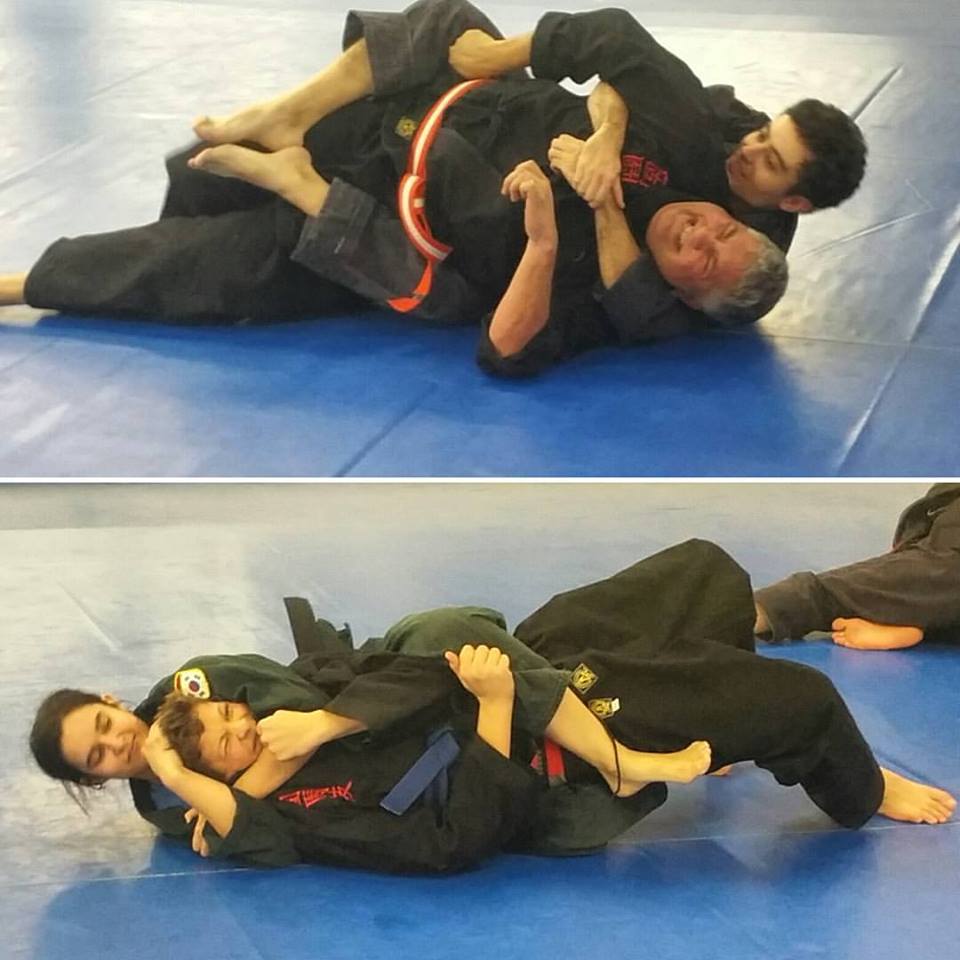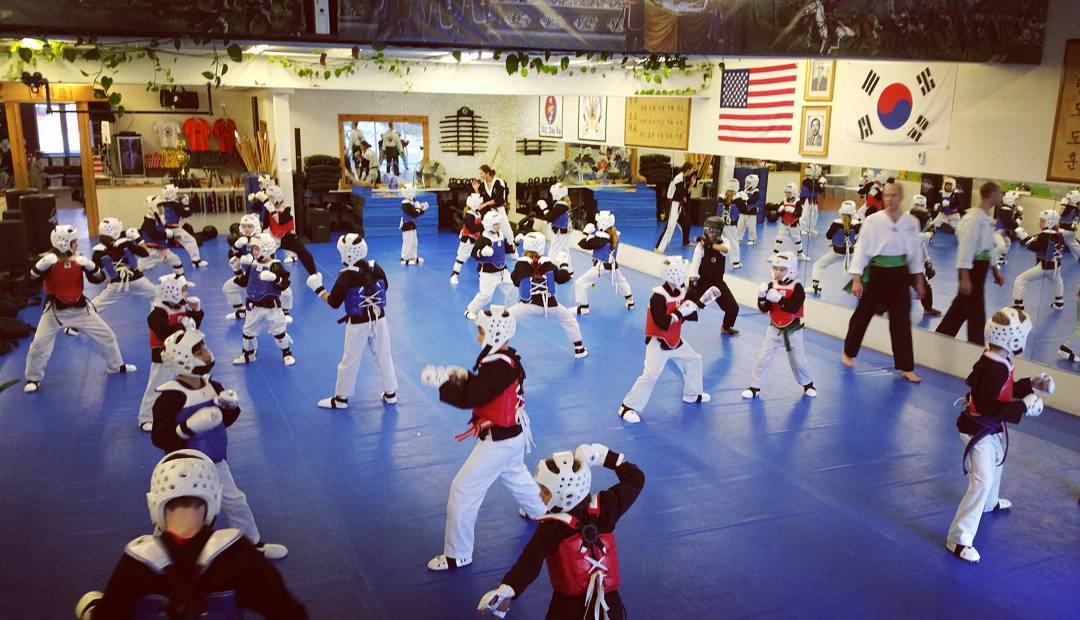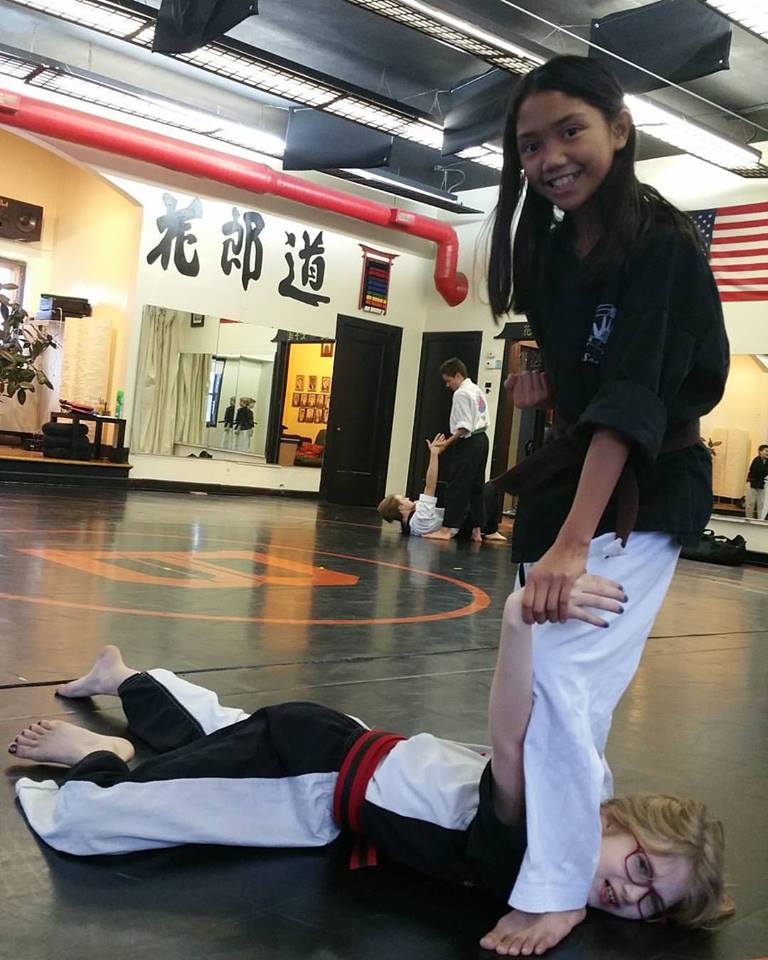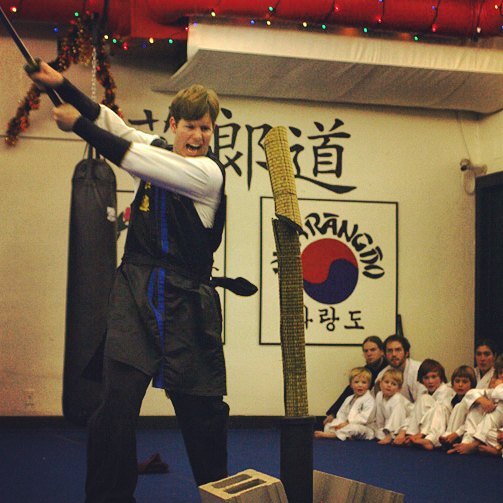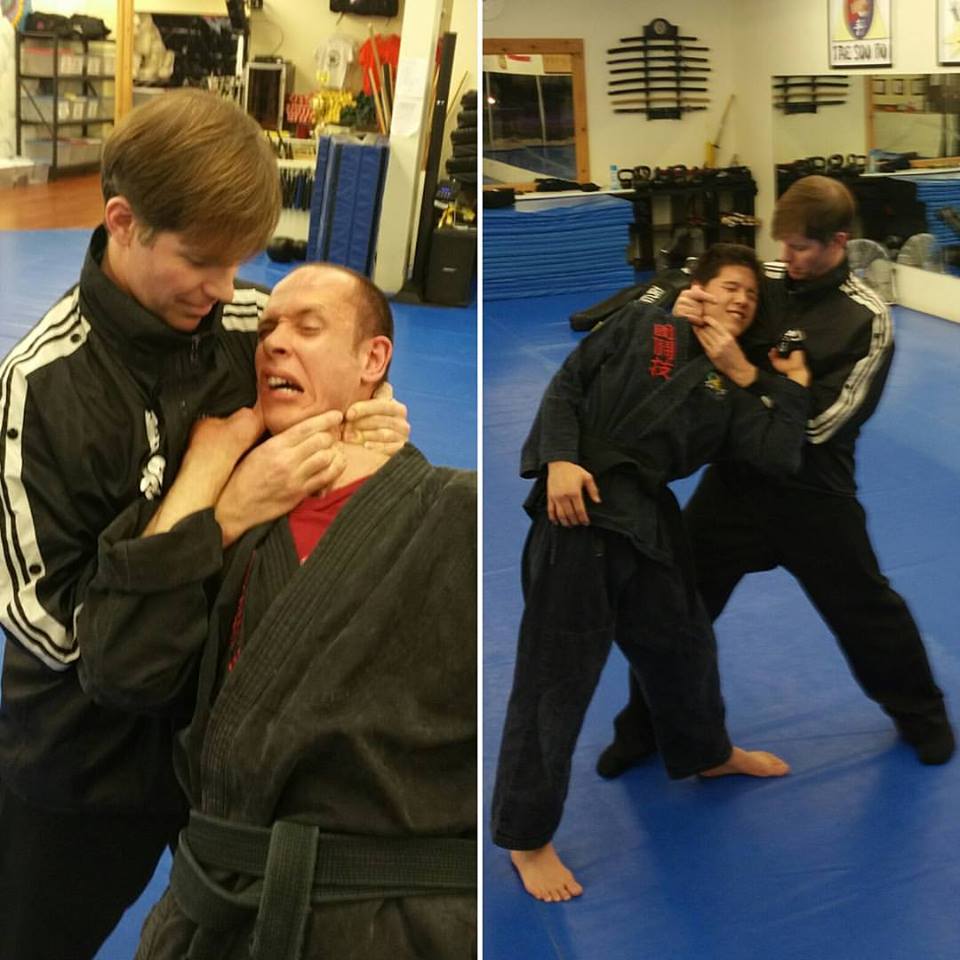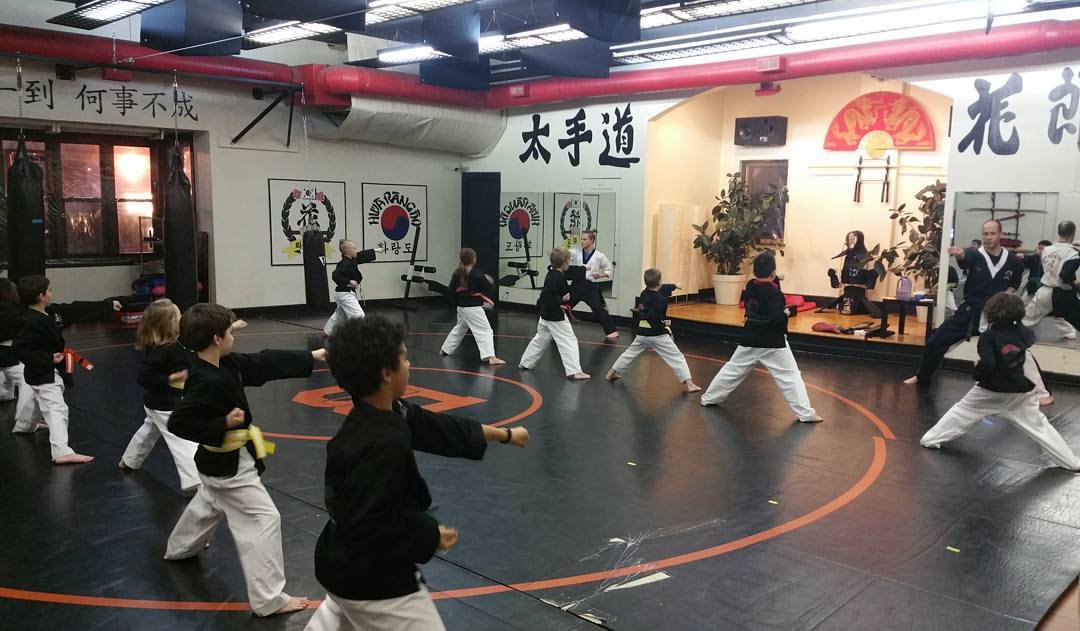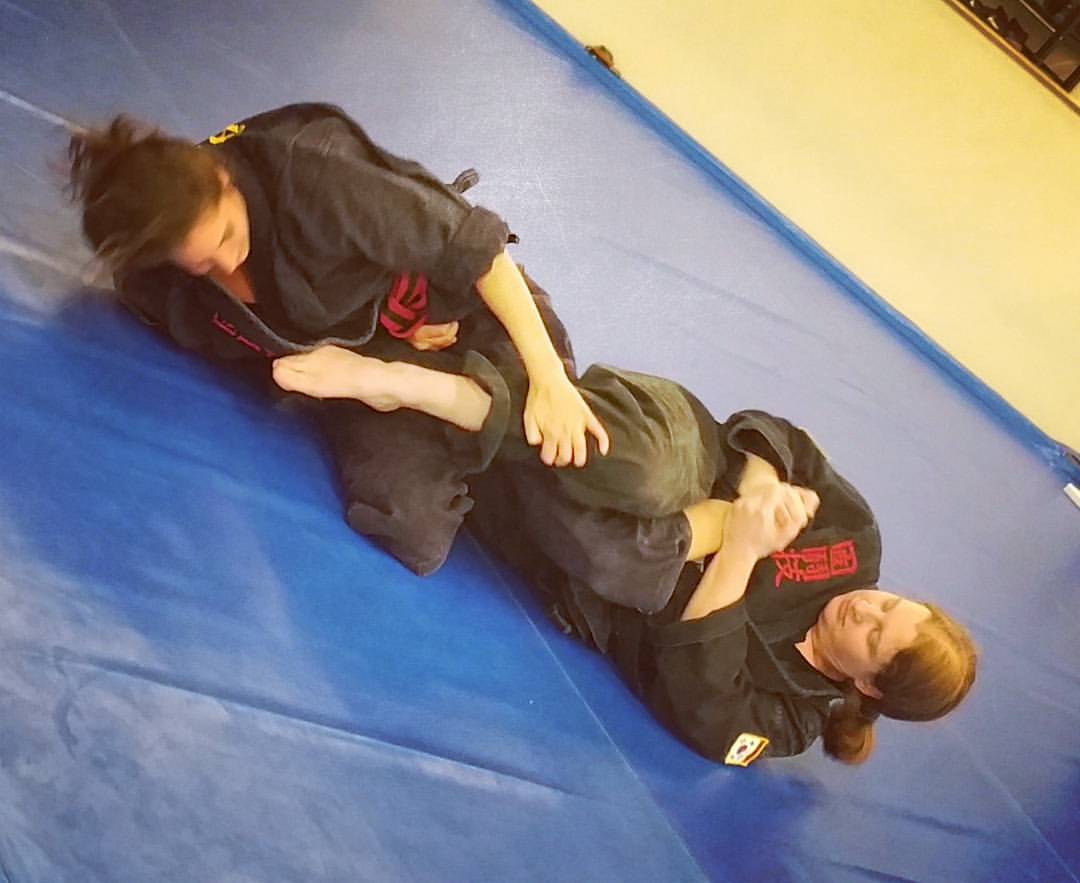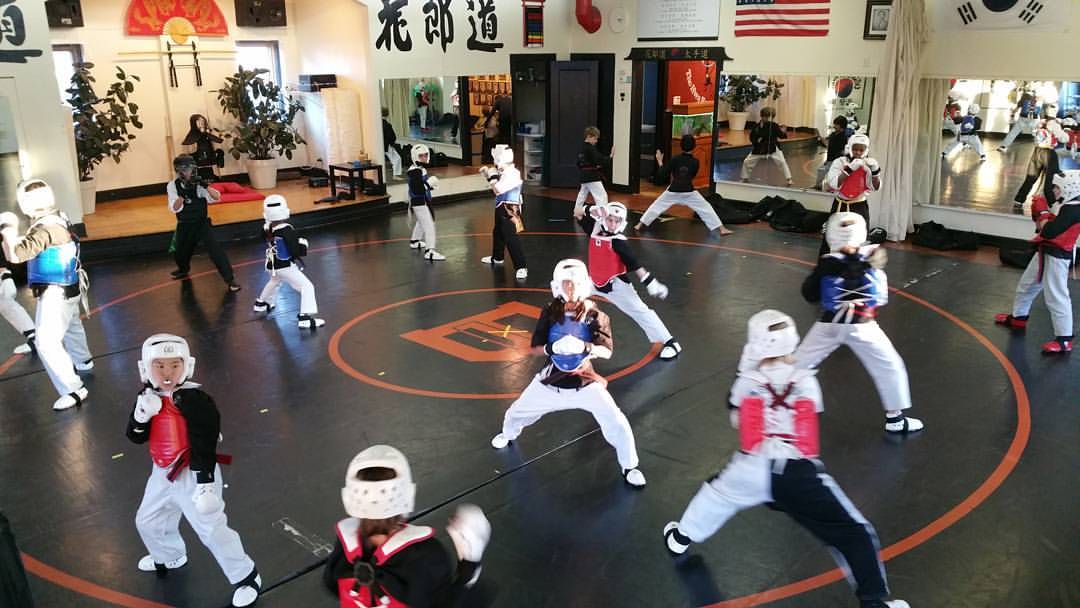While this seems like a physical tactic, it can only start with emotional calm followed by mental clarity to actually engage the best solution. If you don’t have the emotional calm, you will flail around blindly. However, once calm, you can analyze the situation and drive forward toward the solution with precise and effective movements originating from your core. This is one of the powerful aspects of the martial arts! It seems so physical with moves flying around, yet the real battles of resistance actually start within. Once this lesson realized, the sincere student must go into the sources of resistance, find understanding, and then practice in a dedicated manner to overcome. From a punch, a throw, a submission, or your personality – evolve your techniques and character from the inside core outward in order to manifest efficient results and growth.

